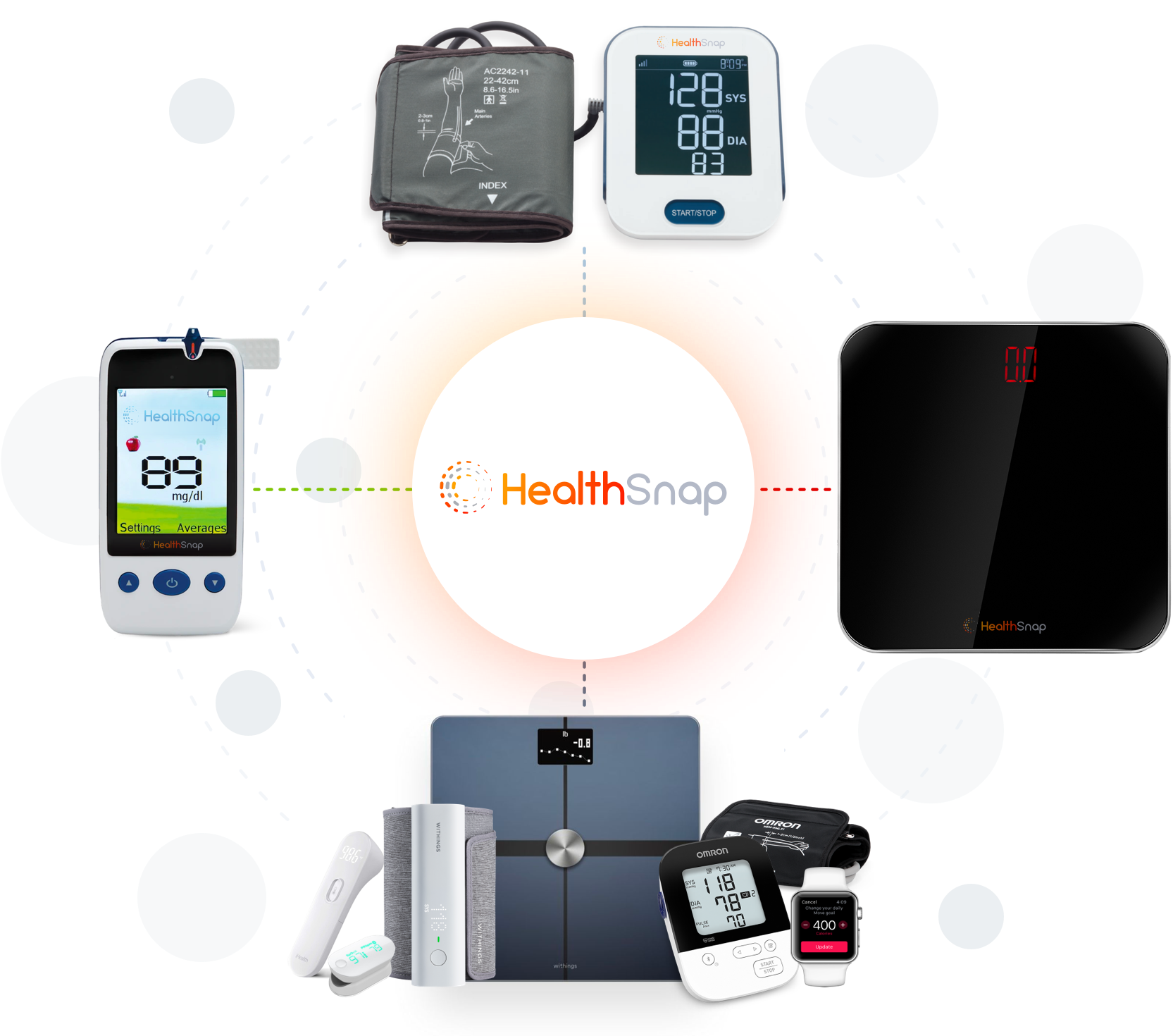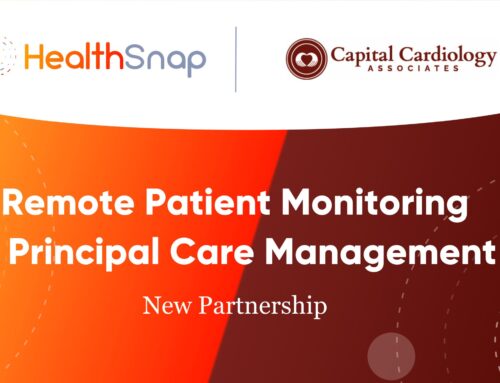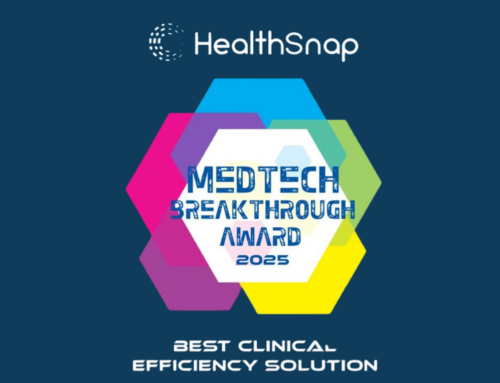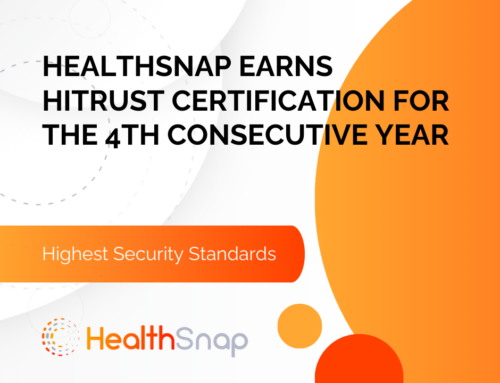Healthcare delivery has undergone a remarkable transformation in recent years, with technology playing a pivotal role in bridging the gap between patients and providers. One of the most promising advancements is Remote Patient Monitoring (RPM), which empowers patients to take control of their health while enabling healthcare professionals to offer proactive and personalized care. In this guide, we discuss five common Remote Patient Monitoring Devices in 2023 and explore how these devices are revolutionizing healthcare delivery and enhancing patient outcomes.
Cellular Scale: Improving Weight Management
Weight management is a cornerstone of overall health, and the cellular weight scale plays an important role here. Unlike traditional scales, the cellular scale is a smart device that not only measures weight but also transmits this data to healthcare providers through integrated platforms, like HealthSnap’s. This continuous monitoring enables healthcare professionals to track weight fluctuations over time, allowing for early intervention in cases where sudden changes might indicate underlying health issues.
The cellular scale’s integration with the HealthSnap RPM Program streamlines data collection, eliminating the need for patients to manually record and report their measurements. This near real-time data accessibility empowers patients to stay accountable for their weight management goals while enabling healthcare providers to make informed decisions based on accurate and up-to-date information.
Cellular Blood Pressure Monitor: A Window into Cardiovascular Health
Cardiovascular health is of paramount importance, and monitoring blood pressure is a vital aspect of preventing heart-related complications. A Cellular Blood Pressure Monitor takes blood pressure monitoring to the next level. By wirelessly transmitting blood pressure readings to an integrated RPM platform, like HealthSnap’s, patients and healthcare providers can collaboratively track blood pressure trends and patterns.
This device is especially valuable for patients with hypertension or other cardiovascular conditions, as it enables healthcare professionals to intervene promptly in case of abnormal readings. The seamless integration of the Cellular Blood Pressure Monitor into an RPM Program empowers patients to actively manage their cardiovascular health while providing healthcare providers with actionable insights for better patient outcomes.
Cellular Glucose Meter: Transforming Diabetes Management
For individuals living with diabetes, maintaining stable blood glucose levels is essential for preventing complications. A Cellular Glucose Meter can help improve diabetes management by enabling patients to monitor their blood glucose levels and transmit the data directly to their healthcare providers. This near real-time monitoring allows for timely adjustments to medication, diet, and lifestyle, ultimately improving glycemic control.
The Cellular Glucose Meter’s integration with an RPM platform simplifies the process of data sharing, ensuring that healthcare providers have accurate and up-to-date information to guide treatment plans. By offering patients a seamless way to manage their diabetes while keeping healthcare professionals informed, this device enhances both patient engagement and overall diabetes care.
Cellular Pulse Oximeter: Enhancing Respiratory Care
Respiratory health is a critical component of overall well-being, and the Cellular Pulse Oximeter significantly improves respiratory monitoring. This device measures oxygen saturation levels in the blood, providing valuable insights into lung function and overall respiratory health. The integration of the Cellular Pulse Oximeter with RPM Programs like HealthSnap enables patients to regularly measure their oxygen saturation levels and transmit the data to healthcare providers.
This continuous monitoring is particularly valuable for patients with respiratory conditions such as chronic obstructive pulmonary disease (COPD) or asthma. By offering near real-time insights into oxygen levels, healthcare professionals can intervene promptly in case of fluctuations, ensuring timely management and reducing the risk of respiratory complications.
Third-Party Bluetooth and WiFi Devices: Customizing Remote Monitoring
Health conditions are diverse, and the HealthSnap RPM Program recognizes the importance of catering to individual needs. The inclusion of 3rd Party Bluetooth and WiFi Devices enhances the program’s versatility by allowing patients to connect their existing health monitoring devices to the HealthSnap platform. Whether it’s a wearable fitness tracker, a smart thermometer, or any other Bluetooth or WiFi-enabled device, patients can integrate these devices seamlessly into their remote monitoring routine.
This customization ensures that patients can monitor a wide range of health parameters that are specific to their conditions, providing healthcare professionals with a comprehensive overview of their well-being. The 3rd Party Bluetooth and WiFi Devices component of the RPM Program exemplifies HealthSnap’s commitment to personalized and patient-centered care.
Use Cases of Cellular-Enabled Scale in Remote Patient Monitoring (RPM) Programs
Weight Management and Trend Tracking
The most straightforward use case of the cellular-enabled scale is in weight management. Use cases include patients with obesity who are working towards weight loss goals, as well as individuals who need to maintain a stable weight due to medical conditions. By tracking weight trends, healthcare providers can make informed decisions about adjustments to treatment plans, dietary recommendations, or lifestyle modifications.

Post-Surgery or Procedure Monitoring
After surgeries or medical procedures, patient’s weight can be an indicator of their recovery progress. The cellular-enabled weight scale can be used to monitor post-surgery patients’ weight at home, providing healthcare providers with insights into recovery trends. Sudden weight gain or loss could be a sign of complications or fluid retention, prompting healthcare professionals to intervene promptly if needed.
Chronic Disease Management
Patients with chronic conditions such as heart failure, kidney disease, or diabetes often need to manage their weight as part of their treatment plan. The Cellular-Enabled Scale becomes a valuable tool in these scenarios. For instance, heart failure patients need to monitor their weight closely to detect fluid retention, which can be an early sign of worsening heart function.
Elderly Care and Fall Prevention
In elderly care, monitoring weight can offer insights into overall health and well-being. Sudden weight loss in the elderly can indicate malnutrition, illness, or other underlying health issues. The Cellular-Enabled Scale can be utilized to track weight changes in elderly patients who might be at risk of falls or other health complications.
Pregnancy Monitoring
The Cellular-Enabled Scale can be used to monitor weight gain throughout pregnancy, helping healthcare providers ensure that it remains within healthy limits. By regularly transmitting weight data, pregnant patients and their healthcare providers can work together to manage weight gain, leading to healthier pregnancies and better outcomes for both mother and baby.
Use Cases of Cellular-Enabled Blood Pressure Monitor in Remote Patient Monitoring (RPM) Programs
Hypertension Management
Patients with hypertension require regular monitoring of their blood pressure levels to ensure that they remain within safe limits. The Cellular-Enabled Blood Pressure Monitor enables patients to measure their blood pressure at home and transmit the data wirelessly to healthcare providers. This near real-time data accessibility empowers healthcare professionals to monitor blood pressure trends and intervene promptly if readings indicate a health concern or emergency.
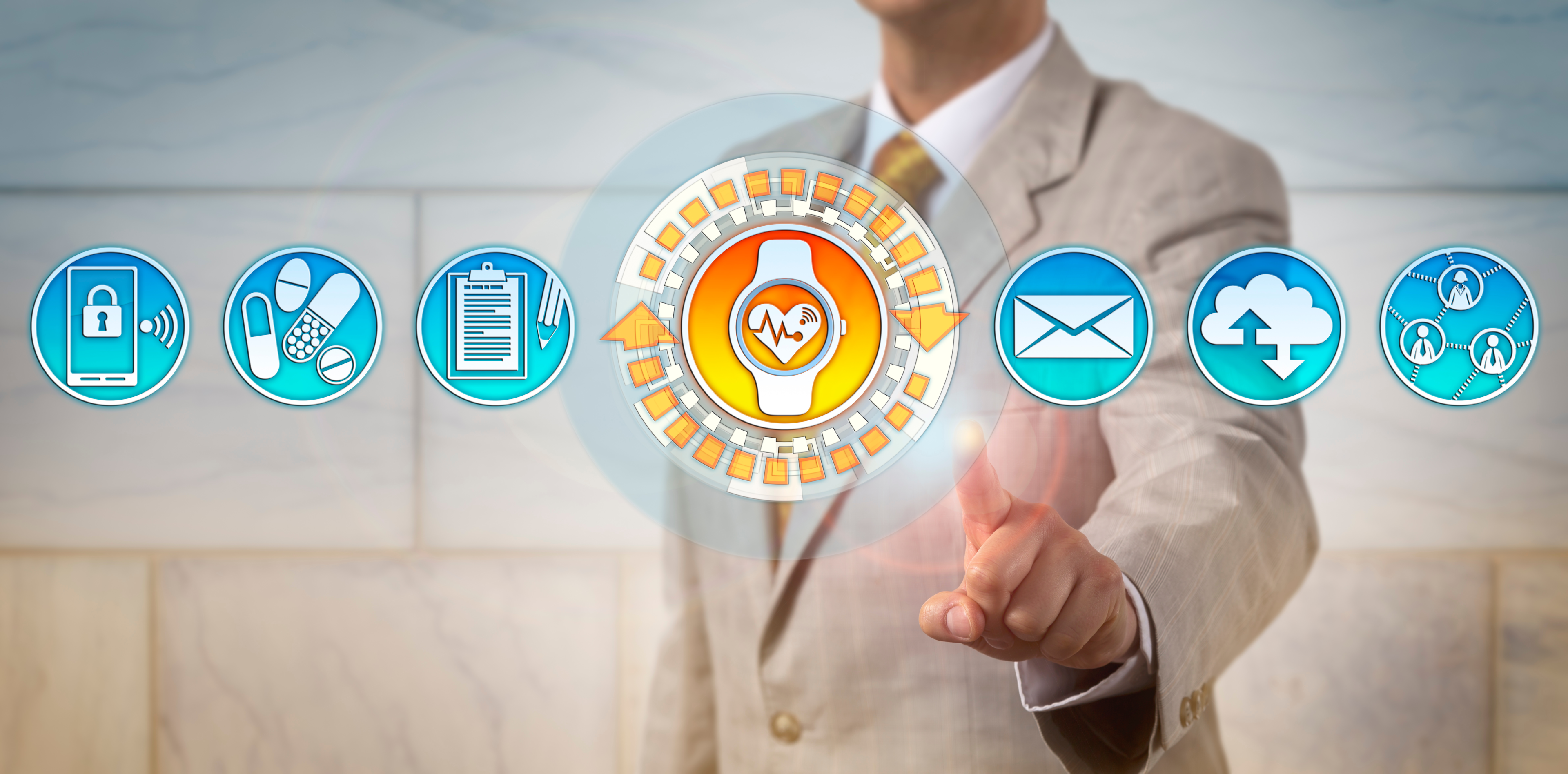
Cardiovascular Disease Prevention
Patients with a history of cardiovascular disease or those at risk of developing it can benefit significantly from the Cellular-Enabled Blood Pressure Monitor. By identifying and addressing abnormal blood pressure readings early, healthcare professionals can contribute to the prevention of heart attacks, strokes, and other cardiovascular events.
Chronic Condition Management
Many chronic conditions, such as diabetes and kidney disease, are closely linked to cardiovascular health. The Cellular-Enabled Blood Pressure Monitor plays a pivotal role in managing these conditions by providing insights into patients’ blood pressure trends. By integrating blood pressure data into the RPM program, healthcare providers can offer holistic care that addresses both the primary condition and its associated cardiovascular risks.
Post-Surgery Monitoring
After cardiovascular surgeries or procedures, monitoring blood pressure is crucial for tracking recovery progress and detecting any complications. The Cellular-Enabled Blood Pressure Monitor medical device allows patients to measure their blood pressure at home, reducing the need for frequent clinic visits while supporting patient’s health and recovery.
Geriatric Care and Hypertension
Elderly patients often face hypertension as a part of their overall health concerns. Regular monitoring of blood pressure is essential for identifying hypertension in geriatric populations and preventing associated complications. The Cellular-Enabled Blood Pressure Monitor becomes a valuable tool in geriatric care by enabling patients to monitor their blood pressure at home without the need for in person visits.
Use Cases of Cellular-Enabled Glucose Meter in Remote Patient Monitoring (RPM) Programs
Diabetes Management and Monitoring
Patients with diabetes need to monitor their blood glucose levels regularly to ensure they are within the target range. The Cellular-Enabled Glucose Meter allows patients to measure their blood glucose levels at home and transmit the data to healthcare providers. By analyzing the data in near real-time, healthcare providers can offer personalized guidance on medication adjustments, dietary choices, and lifestyle modifications, all aimed at achieving optimal glycemic control.
Early Detection and Intervention
The Cellular-Enabled Glucose Meter plays a key role in early detection and intervention for diabetes-related complications. For instance, patients with diabetes are at risk of hypoglycemia (low blood sugar) and hyperglycemia (high blood sugar), both of which can have serious health consequences. By continuously monitoring glucose levels and transmitting data to healthcare providers, patients and providers can work collaboratively to identify and address abnormal trends promptly.
Personalized Diabetes Management Plans
Every individual’s experience with diabetes is unique, and the Cellular-Enabled Glucose Meter facilitates the creation of personalized diabetes management plans. Healthcare providers can analyze glucose data and adjust treatment plans based on each patient’s specific needs. Patients receive tailored guidance on medication dosages, meal timing, carbohydrate intake, and exercise routines.
Remote Support for Diabetes Patients
Geographical barriers and frequent clinic visits can be challenging for patients with diabetes. The Cellular-Enabled Glucose Meter bridges this gap in patient care by allowing healthcare providers to remotely monitor glucose levels. This is especially beneficial for patient populations in rural or underserved areas in need of chronic care management.
Gestational Diabetes Monitoring
During pregnancy, some women develop gestational diabetes, which requires careful monitoring of blood glucose levels. The Cellular-Enabled Glucose Meter becomes an essential tool in managing gestational diabetes by enabling pregnant patients to measure their blood glucose at home.
Use Cases of Cellular-Enabled Pulse Oximeter in Remote Patient Monitoring (RPM) Programs
Respiratory Condition Management
Patients with chronic respiratory conditions, such as chronic obstructive pulmonary disease (COPD) and asthma, need to monitor their oxygen saturation levels regularly. The Cellular-Enabled Pulse Oximeter allows patients to measure their oxygen saturation (SpO2) levels at home and transmit the data to healthcare providers. By continuously monitoring SpO2 levels, patients and healthcare providers can collaborate to identify trends and patterns.
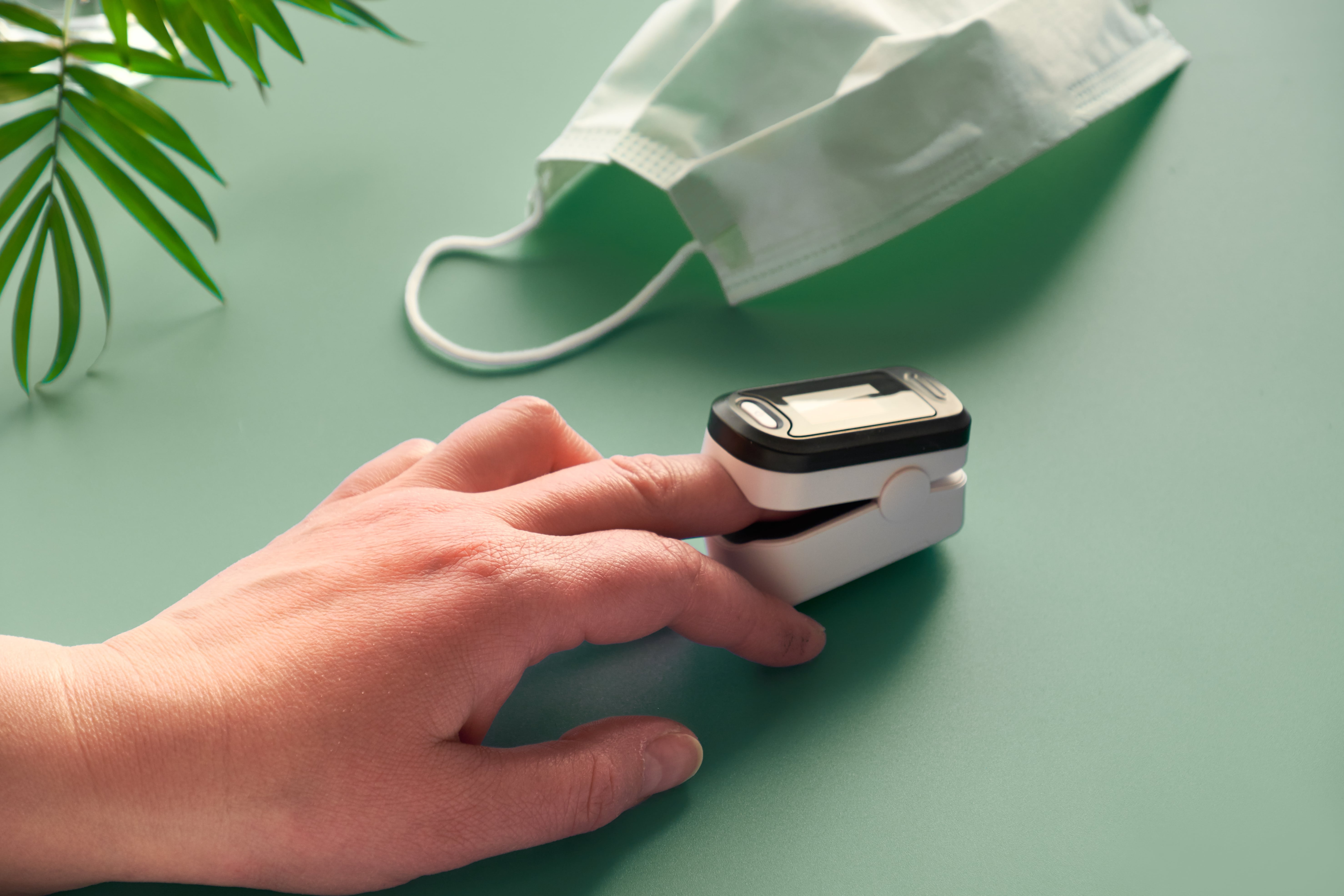
Post-Surgery Recovery Monitoring
After respiratory surgeries or procedures, monitoring oxygen saturation levels is crucial for tracking recovery progress and detecting complications. The Cellular-Enabled Pulse Oximeter enables patients to monitor their SpO2 levels at home, reducing the need for frequent clinic visits and lowering the burden on the health system.
Sleep Apnea Management
Patients with sleep apnea often require continuous monitoring of their oxygen levels during sleep. The Cellular-Enabled Pulse Oximeter is instrumental in managing sleep apnea by allowing patients to monitor their SpO2 levels overnight. Healthcare professionals can then tailor treatment plans, such as continuous positive airway pressure (CPAP) therapy, to address concerns and improve sleep quality.
Elderly Care and Fall Prevention
In elderly care, monitoring oxygen saturation levels can offer insights into overall health and well-being. Sudden drops in SpO2 levels could indicate respiratory distress, illness, or other health issues. The Cellular-Enabled Pulse Oximeter can be used to track SpO2 trends in elderly patients who might be at risk of falls or other complications.
Cardiovascular Monitoring
Low oxygen saturation levels can indicate compromised cardiac output or heart failure exacerbation. Healthcare providers can incorporate pulse oximetry data into the RPM program to monitor patients with cardiovascular conditions. By detecting oxygen saturation fluctuations, healthcare professionals can intervene early to prevent cardiac complications and optimize patient outcomes.
Use Cases of Third-Party Bluetooth and Wi-Fi Devices in Remote Patient Monitoring (RPM) Programs
Wearable Fitness Trackers
Integrating these trackers into Remote Patient Monitoring programs offers a holistic view of patients’ physical activity, heart rate, sleep patterns, and more to the primary care providers, healthcare organizations, and health systems.
Smart Thermometers
Smart thermometers offer a convenient and accurate way to monitor body temperature. Incorporating smart thermometers into RPM programs is particularly valuable for patients with infections, chronic illnesses, or immunocompromised conditions.
Continuous Glucose Monitoring (CGM) Systems
CGM systems use subcutaneous sensors to measure glucose levels in real time, providing a comprehensive picture of glycemic trends throughout the day and night. Integrating CGM data into RPM programs allows healthcare providers to monitor glucose fluctuations, adjust treatment plans, and offer personalized guidance to maintain optimal glycemic control.
Blood Pressure Monitors
Bluetooth and Wi-Fi-enabled blood pressure monitors offer an alternative to the cellular-enabled ones. Patients can use these devices to measure their blood pressure at home and transmit the data wirelessly to healthcare providers.
Smart Glucometers
Smart glucometers allow patients with diabetes to measure their blood glucose levels and transmit the data to healthcare providers using Bluetooth or Wi-Fi. Integrating these devices into RPM programs enhances diabetes management by providing healthcare professionals with real-time insights into patients’ glucose levels.
Choose HealthSnap to Transform Healthcare Through Remote Patient Monitoring
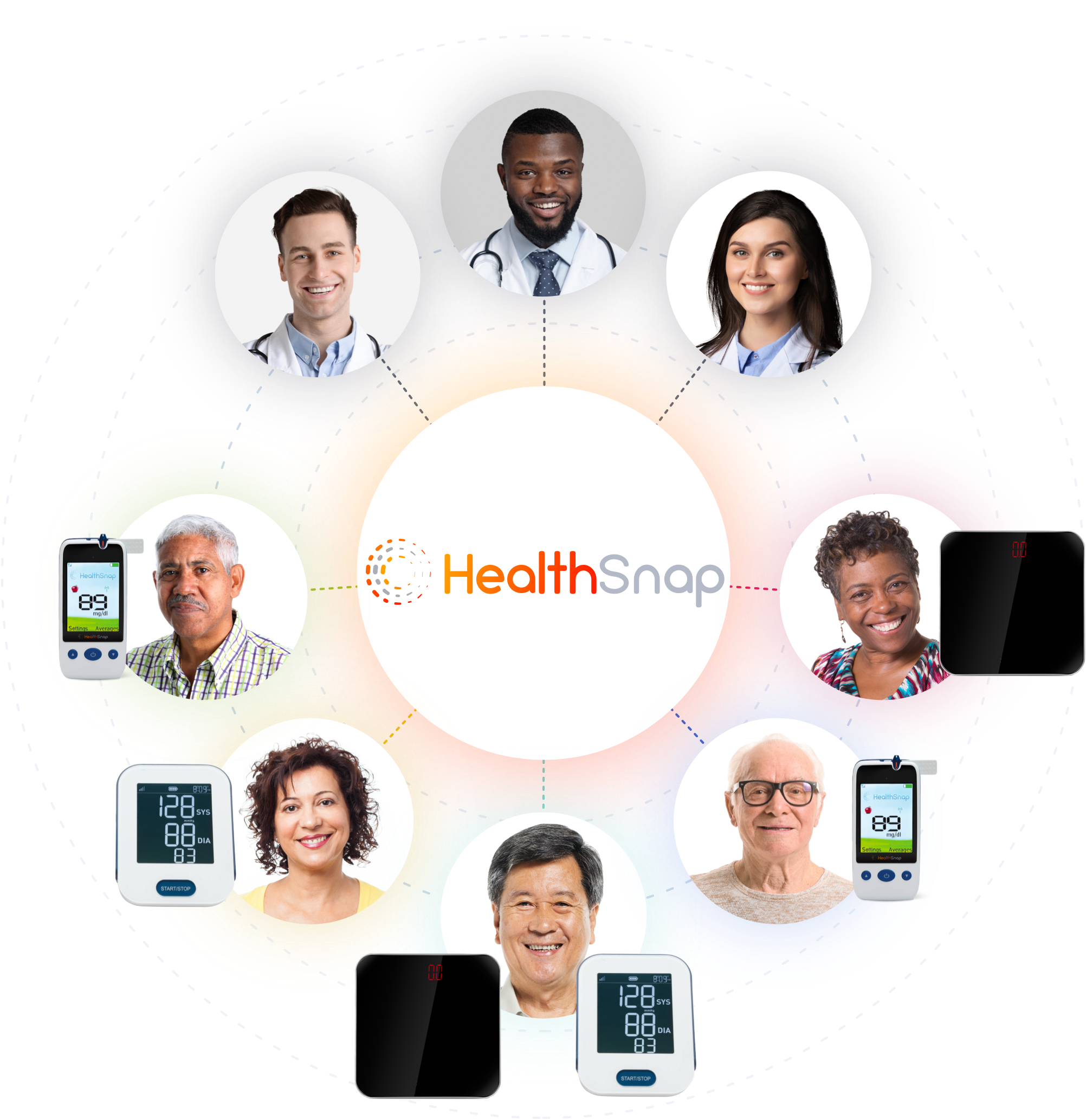
HealthSnap’s Remote Patient Monitoring Program offers a comprehensive suite of RPM devices that cater to diverse healthcare needs. From weight management and cardiovascular health to diabetes monitoring and respiratory care, these pre-configured, cellular-enabled, ready-to-use connected devices empower patients to actively participate in their health management while providing healthcare professionals with near real-time data for informed decision-making. To schedule a demo, call today at 888-780-1872 (Ext. 3) or click here to schedule a meeting.

